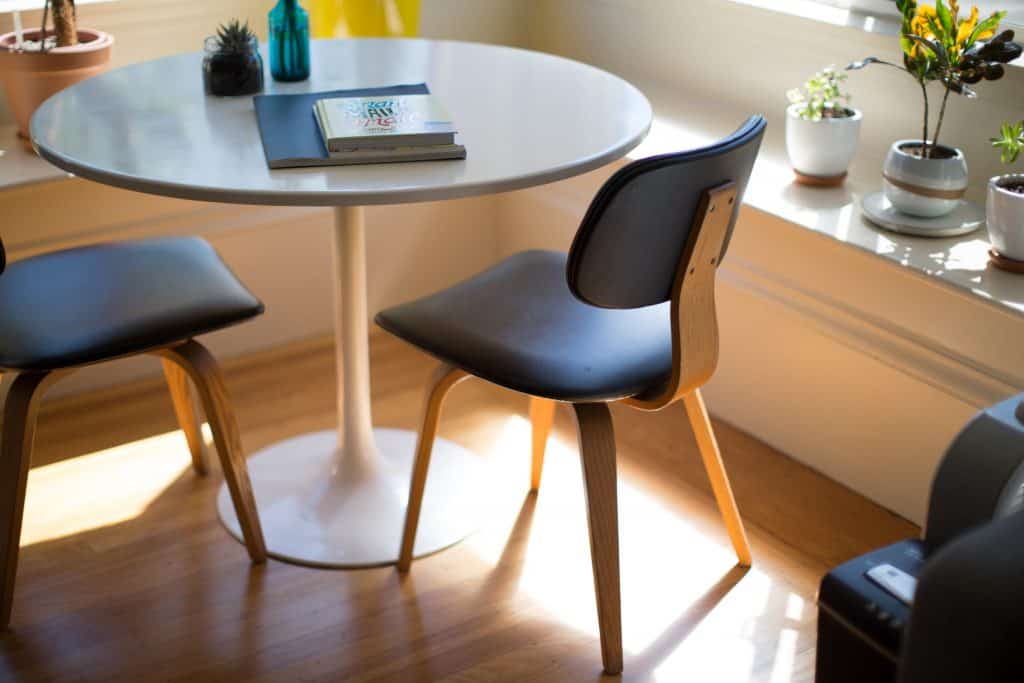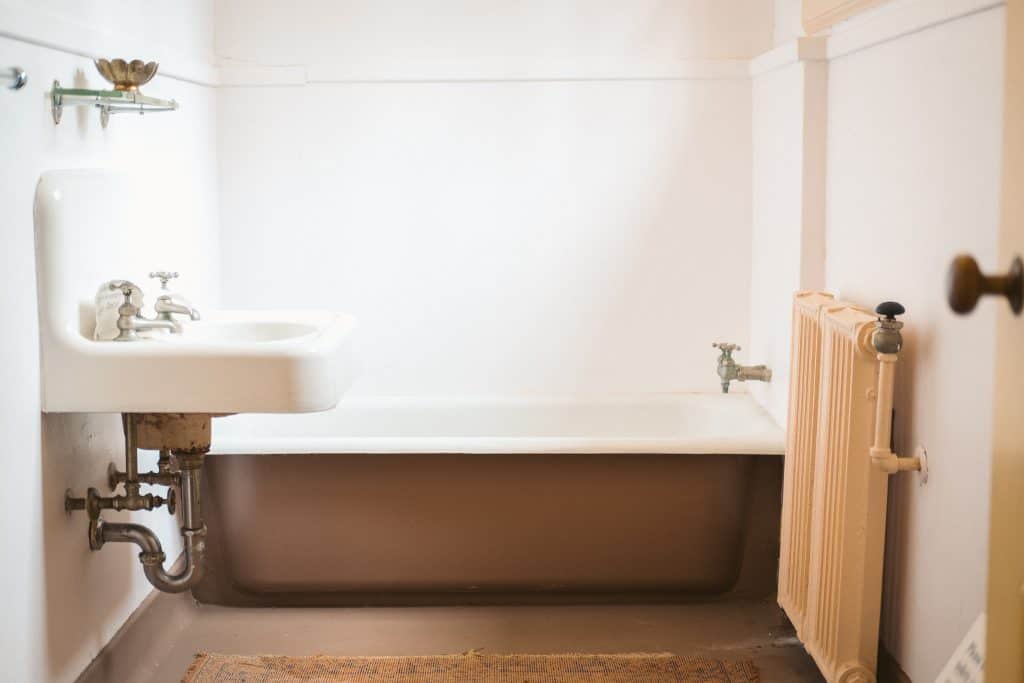How much time do you spend shifting piles around your home office and from one side of the desk to another?
Does your workflow actually take longer to get ready to do something than to actually do the thing?
Have you ever spent the whole day “organizing” and have it all feel even more overwhelming the next day?
These are all signs of REARRANGING. The shifting of piles only creates temporary space and often will take much longer to process later. That is because as messy as it is, we remember the first place we put something, and now you have moved it and it is next to different items.
Your brain uses pattern recognition as a shortcut. That means, it takes a few seconds to even recognize the thing, and then to remember why you have it, and why you put it there.
While this rearranging process can show up in every space, it seems to be most prevalent in home offices, and for small business owners it can also reveal itself through constantly changing policies and procedures. In other words, forgetting what and how you decided to handle an item or situation.
REARRANGING MEANS RE-DICIDING. AND THAT TAKES A LOT OF TIME.
I do an experiment with of my clients. They tell me they know what is in a pile. I flip it over and pull out a piece from the middle. Usually, the first thing I notice is the horror on their faces. Then the confusion as they realize they have no idea how that got there. I know. It was REARRANGING.
Rearranging gives you a quick feeling of accomplishment but it won’t last. Without a plan, there is nowhere for the newly sorted items to go.
Your newly separated piles get replied and interspersed back together a soon as the cat walks in or you need the surface for some actual work.
Now you have to start all over and this time you might sort differently because you didn’t have clear decision-making criteria and sorting categories established.
So here is a simple way to plan – a new way to think about sorting your piles.
1. Define your spaces. Think through HOW you use the items as you sort. It’s an ingredient of your process. Then decide where those ingredients will reside.
By simply saying out loud that this is the area that “insert your item here” will live you have a place to send those items to at the end of a sorting session. Start with defining the room then each closet, piece of furniture, shelf and drawer in that room.
This map will save you so much time, even if things change and evolve as you go. Sometimes you will need to shift a location because of shape or size. That is alright, just remember to say out loud the new place, because that will help you remember where it goes.
2. Replenishment theory is a way of thinking about where to keep things. Basically, it is like creating little stores within your space so you can replenish your stock when you run out of something. It is not the same thing as storing things for the end of the world. It is about creating the space to work or relax.
Though it may seem counter intuitive, not having extras in your way frees up soooo much time. You will have an easier time keeping track of things.
Keep one of each desk tool on the desk and the backups in the supply area. When your highlighter goes dry, put it in the trash, go to the supply area and grab a new one. When you grab the last one, put it on your shopping list for the next time you are at the store. Easy.
3.Put your toys away. All you will ever do is REARRANGE, until you get in the habit of picking up after yourself. There are no organizing fairies to do it for you. If you don’t put your things away, you can’t watch TV. Really, because you are in charge, it just means that you will still be staring at the mess tomorrow.
The good news is that now that you know where things go, it is much easier to pick up. It will only take a few minutes a day once the places are defined. As you are working to get the places defined, return items to as close as you can get them. Work on maintaining each area as it is set up and incorporate new areas as you go.
Clearing the decks (or shall I say desks?) and setting yourself up for success tomorrow will create a habit that will have you feeling in control and confident in your work. Think of it as a way to reorient yourself, note progress and room for improvement so your brain gets better feedback and you feel more satisfied with your days.
Now you know the secret to stop REARRANGING and to creating long lasting order in your home office and workflow. I can’t wait to hear how it goes for you.



